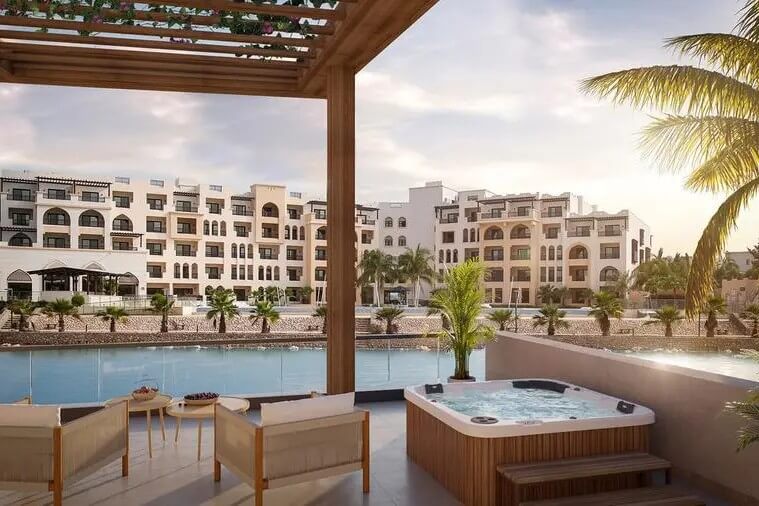As part of Oman’s Vision 2040 plan, a number of important projects are anticipated to be finished by the mid-2030s, bringing about a dramatic shift of the country’s urban landscape. During this time, integrated smart townships will be developed in various governorates in addition to the capital’s famous Sultan Haitham City (SHC) and Downtown Al Khuwair projects. In communities including Nakhal, Suhar, Bidbid Al Dakhiliyah, Amerat, Khasab, and Salalah, these developments would generate thousands of new residential units.
Sultan Haitham City
With several agreements in place for basic utilities like electricity, water, sewage, irrigation, broadband, telecommunications, and district cooling, Sultan Haitham City (SHC) is making good progress. The construction of major infrastructure, such as culverts, tunnels, and highways, will take two to three years. Recreational areas are crucial for creating emotional bonds between residents and their urban surroundings, according to Omani urban planners.
Downtown Al Khuwair Project
The engineering design and master plan for the downtown and waterfront project in Al Khuwair, which will include structures that are between 35 and 40 floors tall, are being consulted by Zaha Hadid Architects. A thorough master plan will be created by 2026 when the design is finished by the end of this year, collaborating with a number of stakeholders. The project will proceed through four phases, each lasting two to three years, while the infrastructure development for utilities will take roughly four years. While the first phase is projected to conclude in the mid-2030s, the final stage is planned to be completed by 2040. The development will be situated next to the current Ministries Area, which will stay but eventually be remodeled, close to the desalination plant. The project will include 7,000 office units, metro rail connectivity, and a large number of high-rise structures in addition to housing over 45,000 residents by 2040. With links to water taxis and metro bus services, it will promote the usage of public transit.
The Sustainable City – Yiti
has sold out its first phase of sales early this year and reported good progress in its second phase. This project, which is situated near the Sea of Oman, intends to become the first net-zero-emission city in the world by 2040 and is expected to be the largest operational sustainable community in the area. With a total area of over one million square meters, it will function as a robust, reproducible model emphasizing quality of life enhancement, emissions reduction, and environmental stewardship while promoting a green economy and reducing maintenance costs. When compared to traditional housing in Oman, the project seeks to reduce the per capita carbon footprint of its residents by 78%. With the goal of reaching full operational capacity by 2026, it will be totally powered by renewable energy, recycle all water, divert all trash from landfills, and produce 80 percent of its own food.
Central Business District (CBD)
Alongside these recent sustainable initiatives, the Greater Muscat Structure Plan (GMSP) calls for the rehabilitation of Ruwi, a historic business district that is still awaiting final clearance. A transportation line that runs along Sultan Qaboos Street through Al Khuwair Downtown to Sultan Haitham City will terminate at the CBD clock tower. Reviving the Central Business District (CBD) and Muttrah Business District (MBD) is emphasized in the master plan. According to the new urban planners’ ideas, investors and property owners would be permitted to add three to five stories to the height of existing apartment complexes. In order to successfully connect townships and bring people and activities together with first-rate transit services around the city, these plans concentrate on transit-oriented development.
